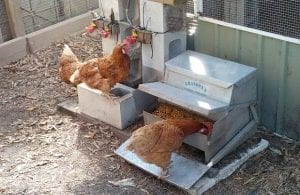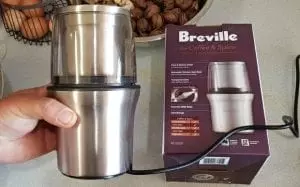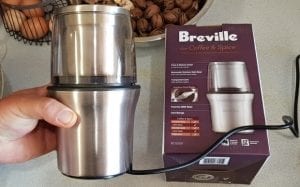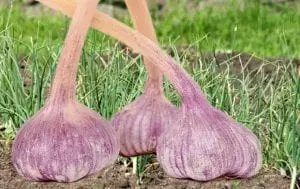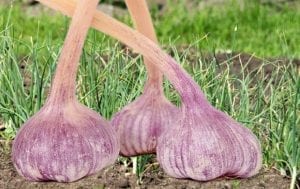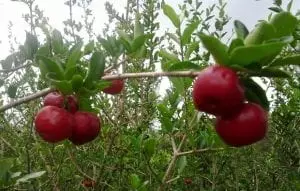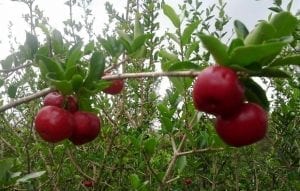Water celery is a little-known perennial edible that grows in most climates & makes a fantastic addition to any food garden. All parts of this plant can be eaten, and the mild taste sits somewhere between parsley and celery. It’s easy to grow, and will survive both very hot summers and hard frosts. Despite this, water celery is surprisingly uncommon and under-utilised.
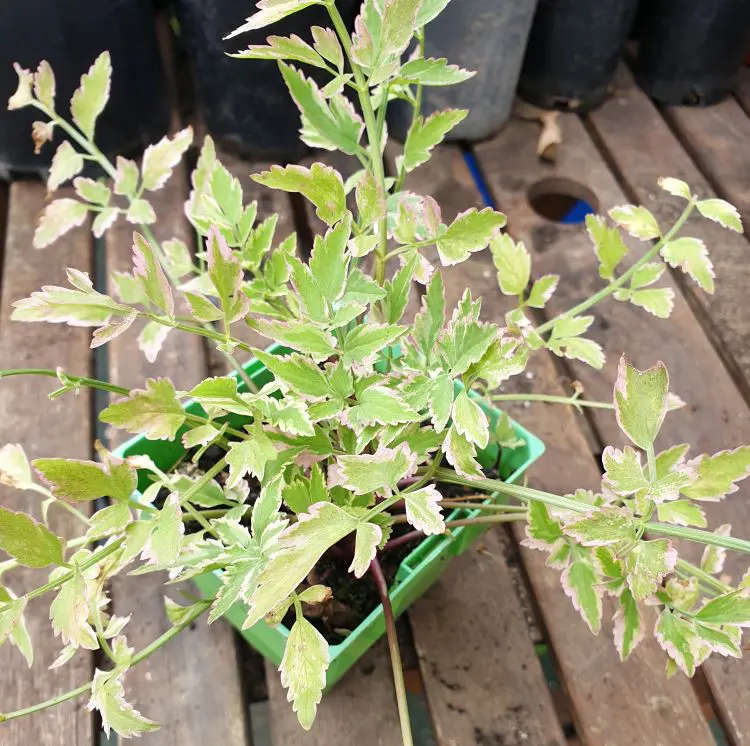
What is Water Celery?
Water celery (oenanthe javanica) is a perennial bog plant whose parts are all edible; leaves, stems and roots can all be eaten cooked or raw. The celery-like taste can be strong when raw but diminishes with cooking. It can be used to flavour rice, eaten raw in salads or added to soups and stews.

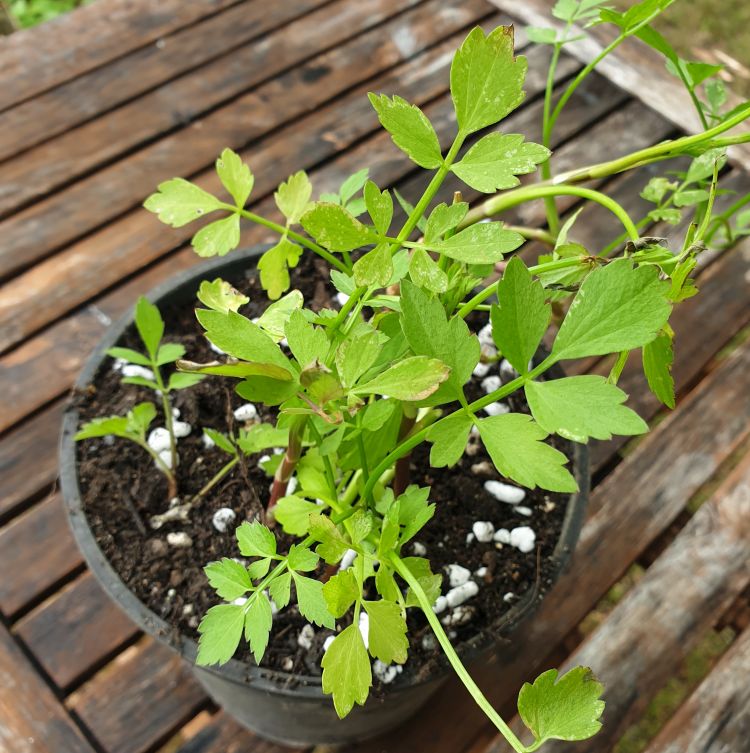
It has a widespread native distribution in Queensland (Australia) and throughout east Asia. Also called water dropwort, java dropwort, minari, water parsley, Japanese parsley, Chinese celery and rainbow water parsley, it appears in both a flat green and a variegated leaf colour. This unusual edible can grow to 60cm (2′) high in the right conditions, and spreads rapidly to form a dense, mat-type habit.

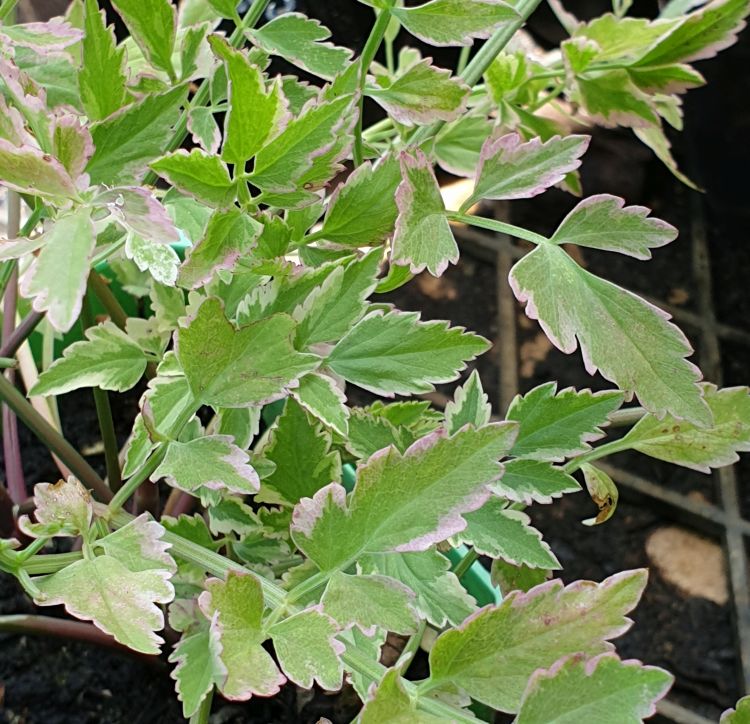
The variegated form of water celery is sometimes known as ‘flamingo’ or ‘rainbow water parsley’. It has white edges around the leaves, and will usually develop a pink hue to some stems & leaves. Like many plants, the colours of water celery foliage become more vibrant and intense in cooler weather.

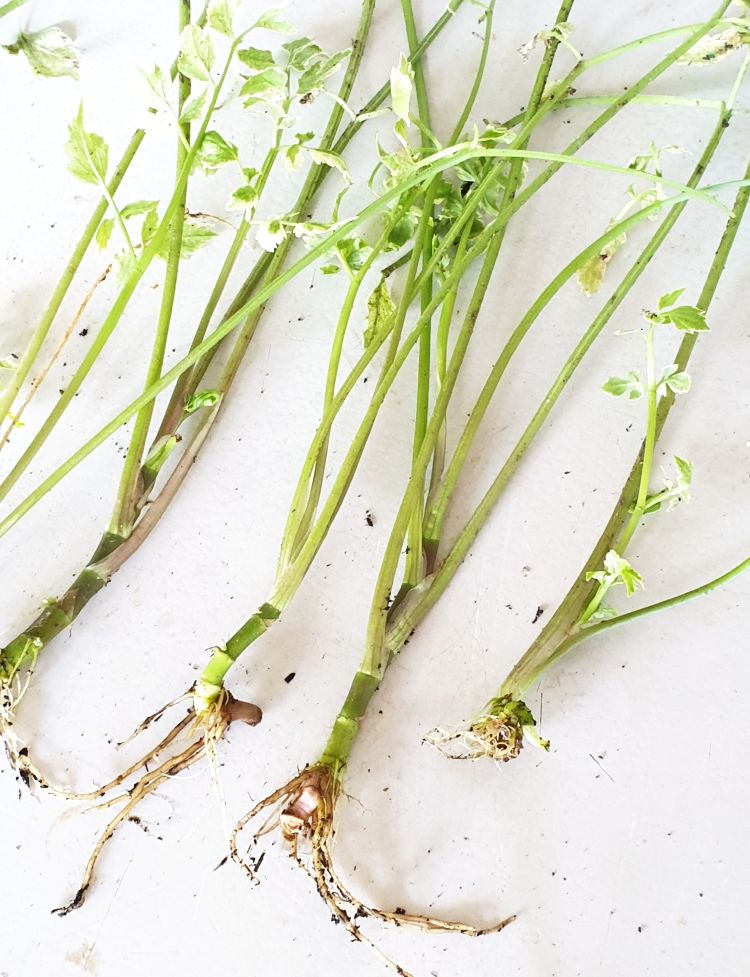
Growing Water Celery
Water celery can be grown from seed or propagated via root division. It is a hardy plant which can withstand an exceptionally wide variety of growing conditions, so is ideal for the beginner or forgetful gardener. While it is essentially a bog plant that prefers a part shade position and grows best in very damp soil, it can stand up to both a hard frost & hot, dry conditions if kept shaded. A warm temperate or subtropical climate is preferred by water celery, and mine grows perfectly well through QLD summer kept under a DIY garden bed cover in a part-shade position.

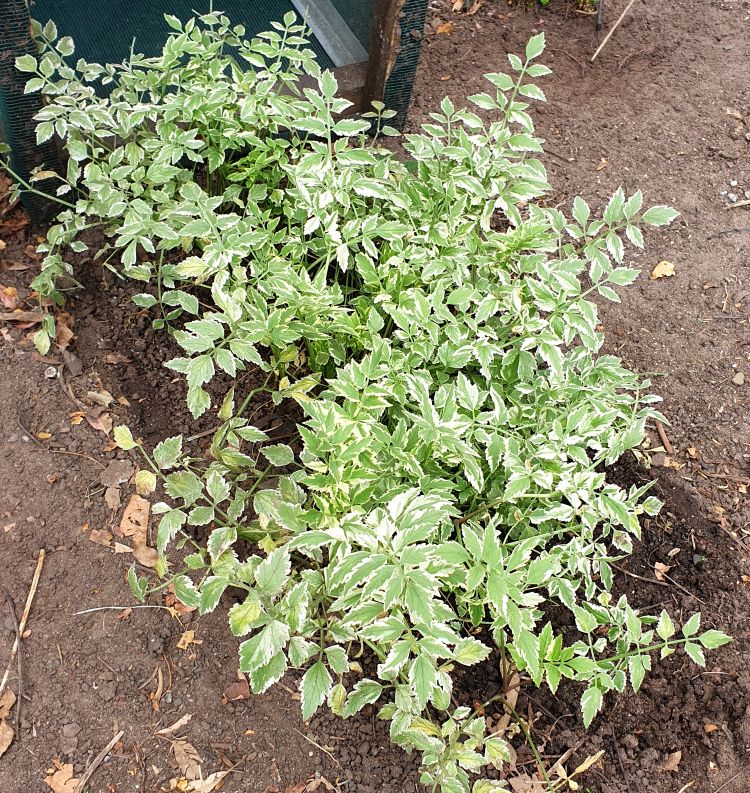
As a bog plant, water celery naturally grows well in submerged soil. You can grow it in buckets or pots sitting in saucers of water, which is perfect for a balcony or small garden space. Make sure to keep the leaves up out of the water, as despite loving water, water celery is not in fact an aquatic plant.
This great little edible will survive both light and hard frosts. It will die off when the frost hits and if there is ice around, but will bounce back as soon as the weather warms up.
Water celery can be a fast grower in the right conditions. The plain green form is thought to be more aggressive than the variegated variety. It grows and spreads under the ground via long runners. If planting in the ground or near a waterway, note that it can become invasive.

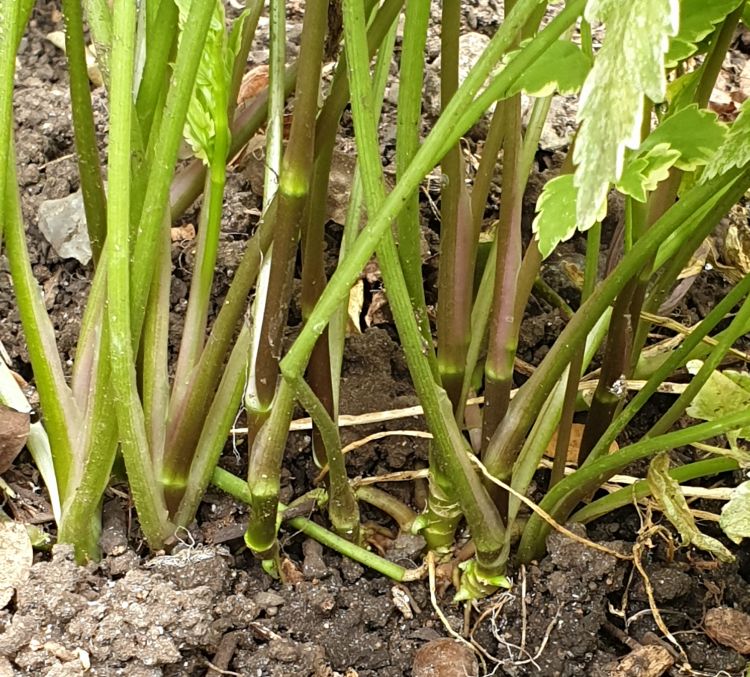
Considering that water celery loves moisture, and it is reasonably simple to remove, even if it does become a weed it should not stray too far from damp ground and should be simple to pull up or dig out. Guinea pigs and chickens like to eat it, so if you had a patch that got out of control you could move animals onto that ground to get rid of it for you.
Water Celery in the Kitchen
Water celery is quite easy to use in the kitchen and lends itself to a variety of dishes. You can use it cooked or raw, as a garnish or as a green vegetable. Commonly used in Korean cuisine, water celery stems are added to kimchi, dropped into fish stews or gently fried in a savoury pancake.
The strong celery taste diminishes with cooking, so use it according to your tastebuds. I like to use it as you would parsley, chopped very finely and mixed through a salad. To use it as a cooked green vegetable, chop into 1-2″ pieces and add to a stew or soup towards the end of the cooking time. Throw a few stems of water celery in the steamer with your rice to give a mild flavour.


